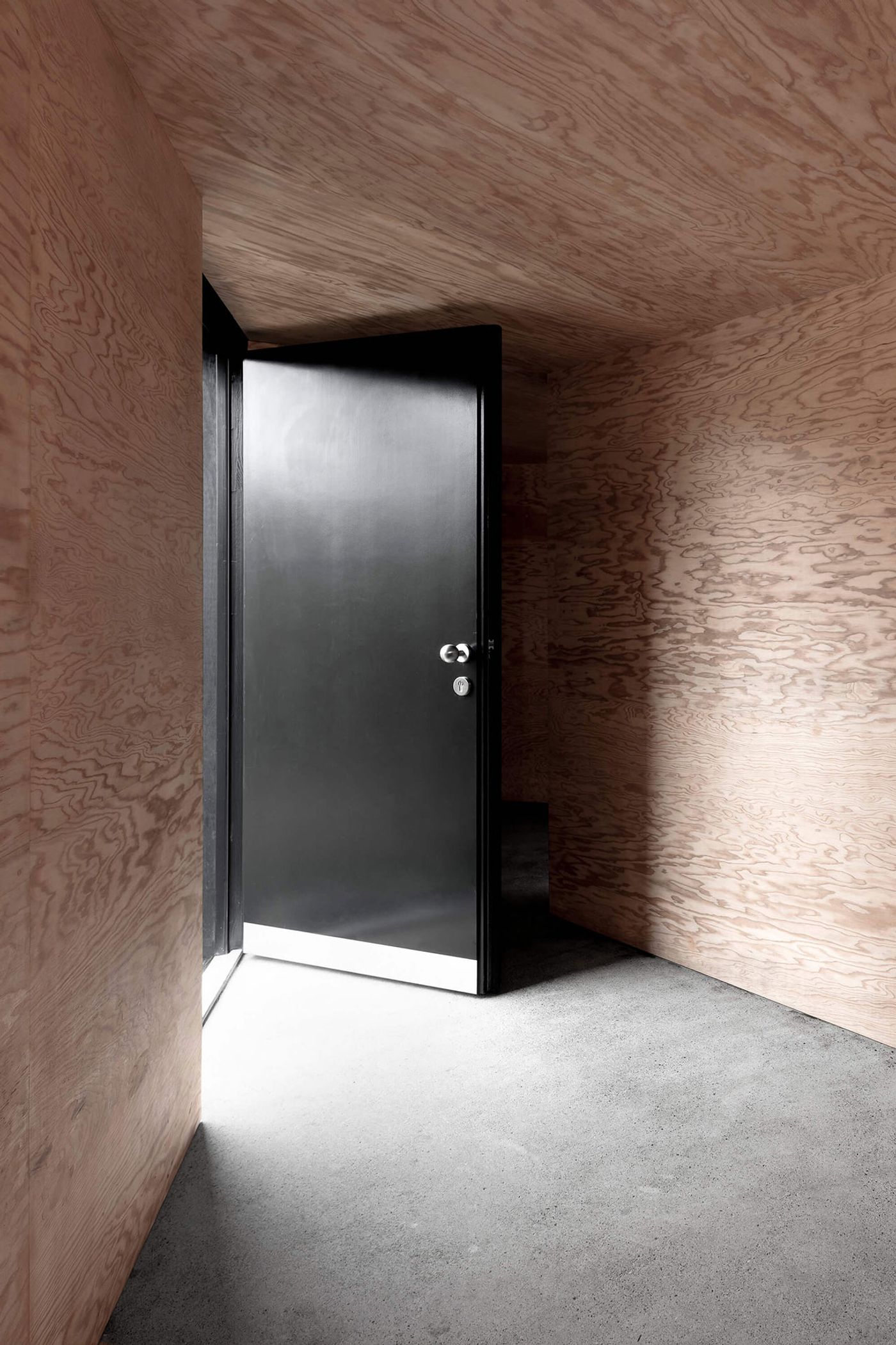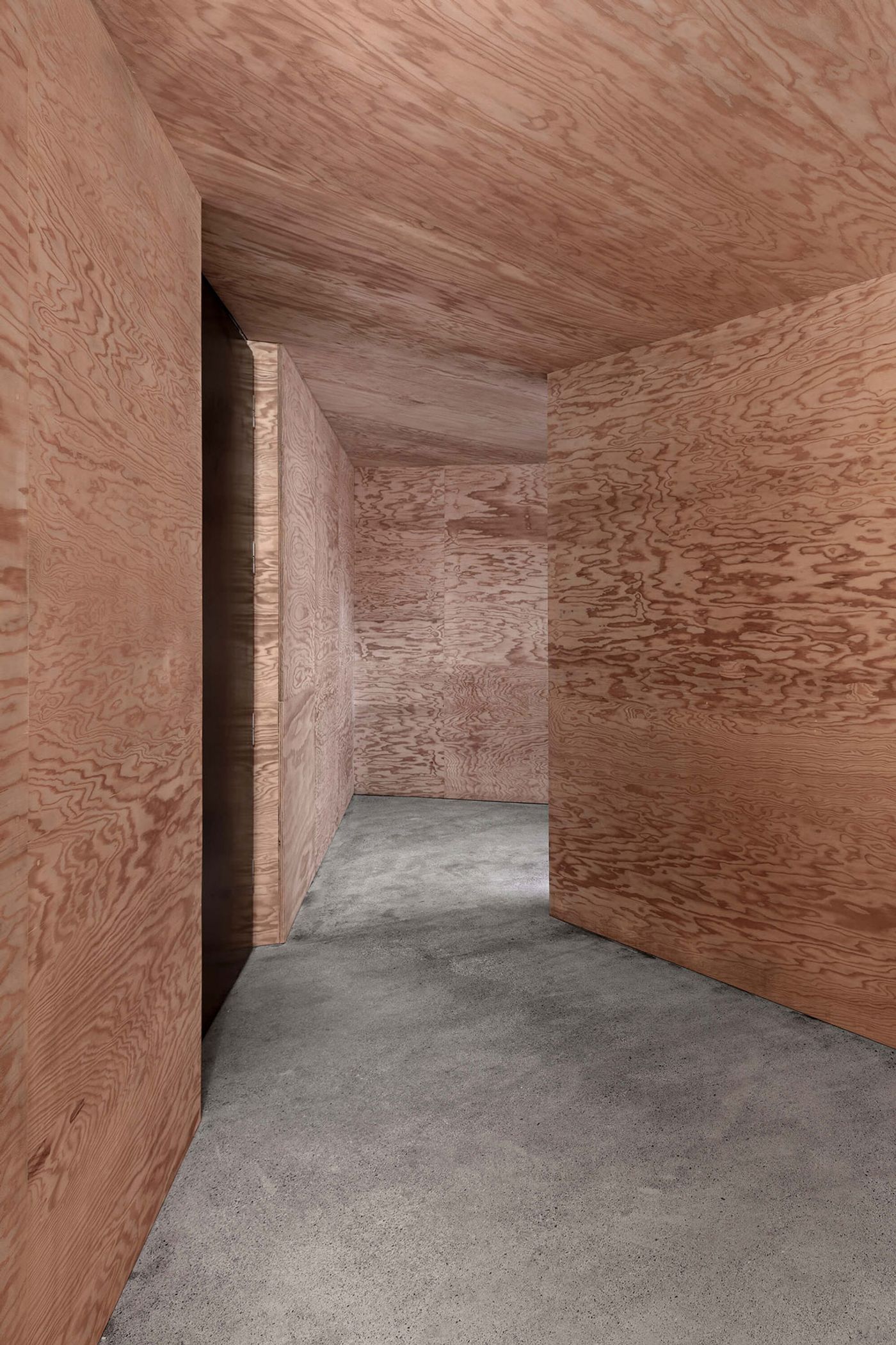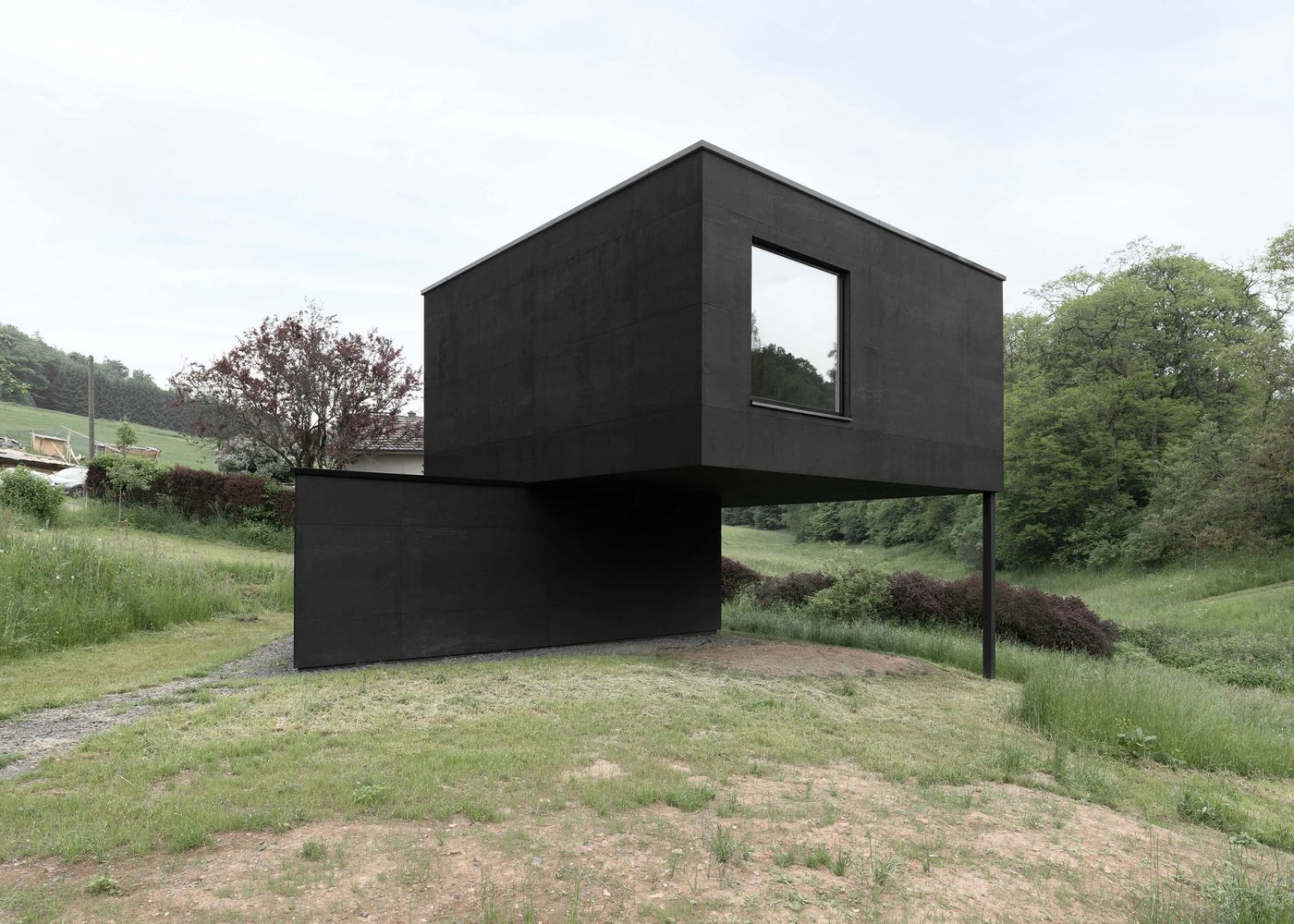
Los Angeles: Jonas von Ostrowski Kicks Off his Inhabitable Sculpture Garden in Rural Germany
Words by Eric David
Location
Günsterode, Germany
Los Angeles: Jonas von Ostrowski Kicks Off his Inhabitable Sculpture Garden in Rural Germany
Words by Eric David
Günsterode, Germany
Günsterode, Germany
Location
Located on the edge of Günsterode, a small village near Kassel in central Germany, "Los Angeles" is an ongoing project by artist Jonas von Ostrowski whose rural setting belies its visionary mission: the 3,000-square-metre plot will organically grow into an inhabitable sculpture park where artists, architects and theorists can meet, work and stay—not unlike the creative microcosm behind the mythic status of its namesake Californian city. But what makes the project unique is that the sculptures von Ostrowski and other artists will be designing and building will also serve as their dwellings, the entire park, in other words, is going to be a work of art in itself.
The matter-of-factly named House With Clear Shapes And A Complex Entrance, the first of these Gesamtkunstwerk-type structures to be completed in collaboration with Munich-based Studio Nitsche, evocatively fleshes out von Ostrowski’s vision and resolutely sets the stage for his ambitious endeavour, as well as point to the principal ideas that the project explores, namely the possibilities of a self-organized form of art, the relationship between everyday necessities and artistic questioning, and the potential of a rural environment in relation to an urban context.
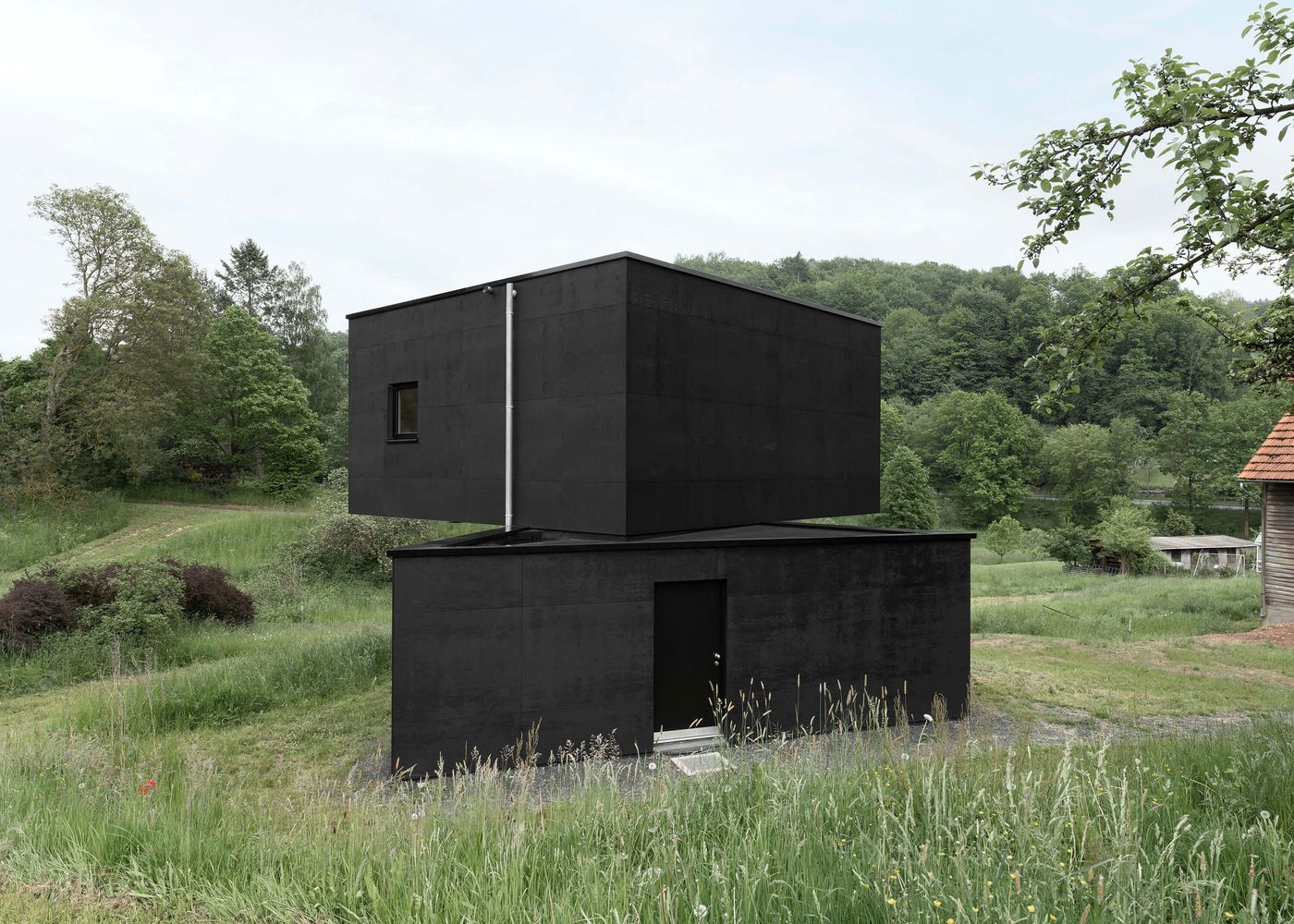
Photography by Nicolas Wefers.

Photography by Nicolas Wefers.
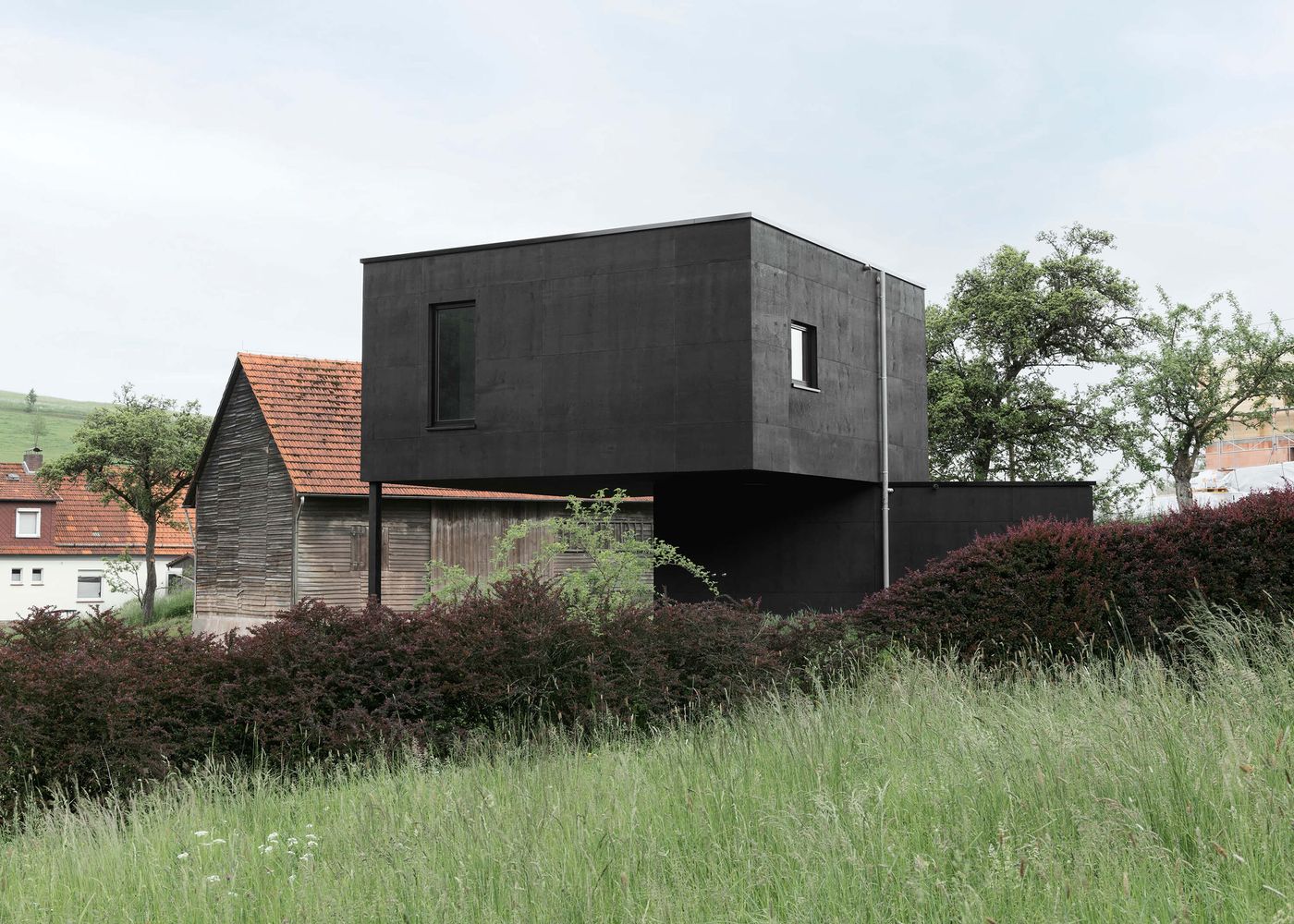
Photography by Nicolas Wefers.
Exemplifying a “think big, start small” philosophy, von Ostrowski’s first inhabitable sculpture is a modest affair consisting of two stacked geometric volumes, a triangular block on the bottom and a square block on the top. And with self-building being a basic concept of Los Angeles, the structure was designed so it could build without the need for a contractor – it’s also more economical.Painted with natural pine woodtar, both to protect the timber cladding and to allow a natural aging process, the composition stands out against the rural surroundings as much for its stark minimalism and geometric purity as its colour. The exterior’s elemental geometry also applies to the interior configuration – with no walls other than those arising from the intersection of the two volumes, with the shape of the exterior accurately reflecting the interior and vice versa.
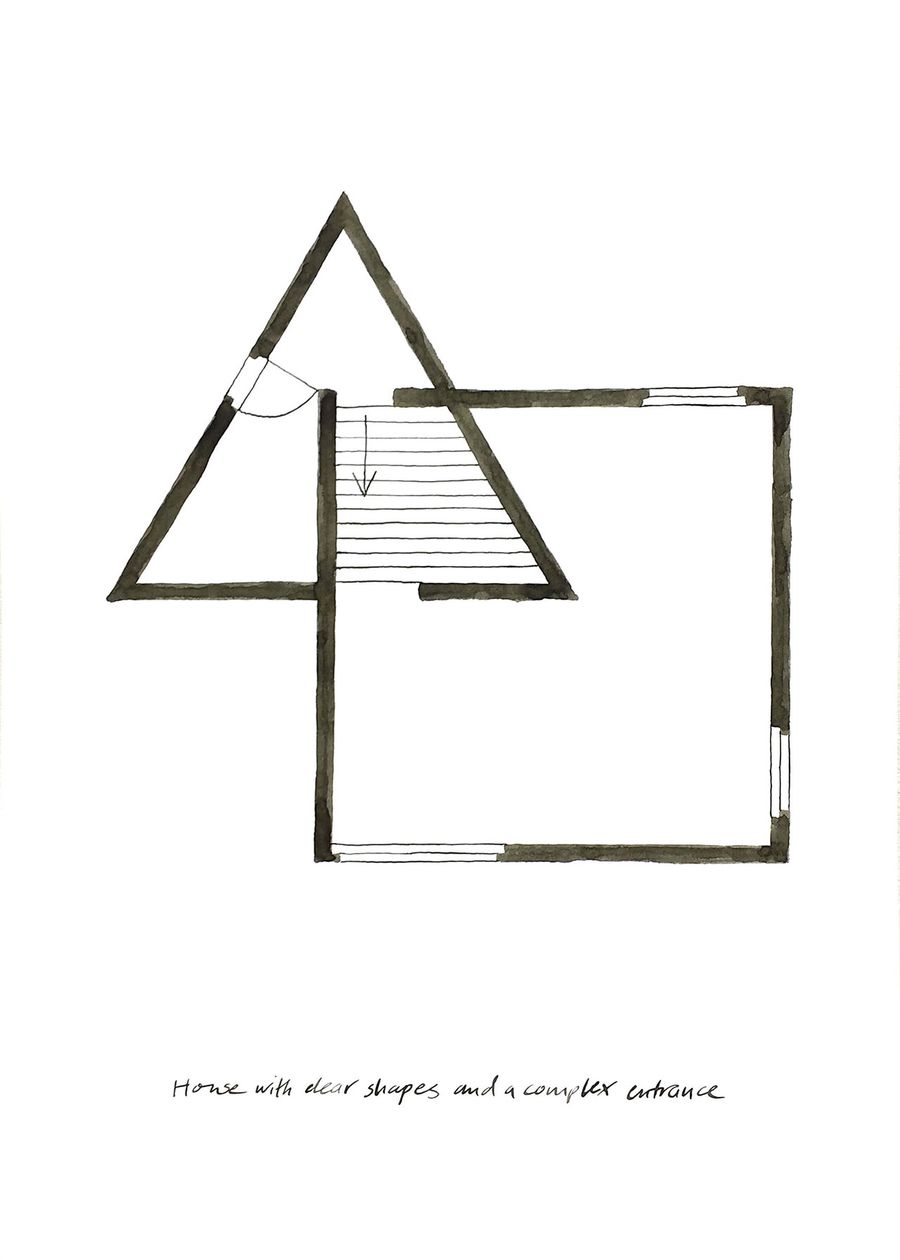
Floorplan schematic © Jonas von Ostrowski.
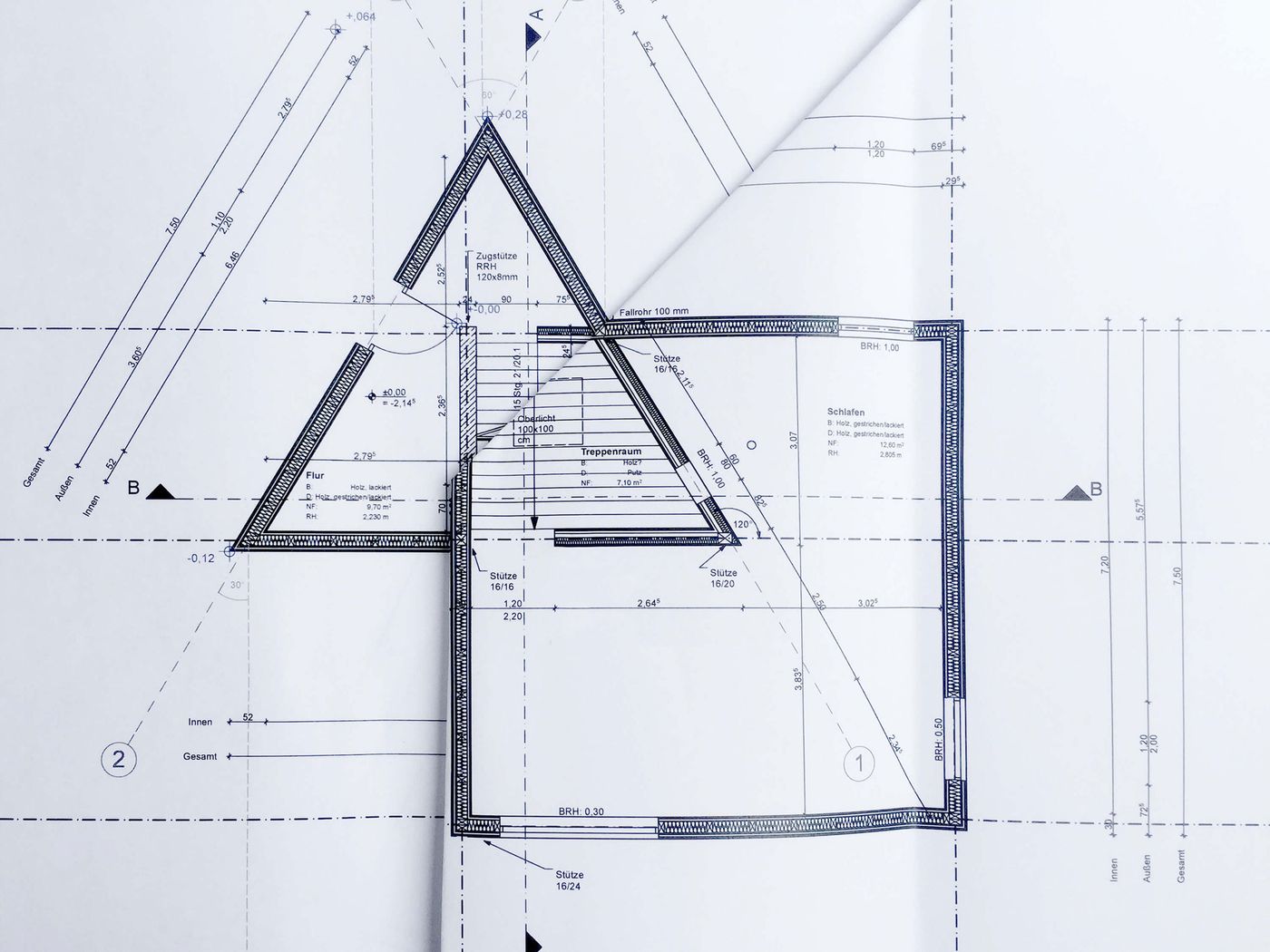
Floor plan © Jonas von Ostrowski.
The simple gesture of intersecting a triangle and a square has produced a narrative sequence of four key spaces: an entrance space, a passage, a stair case, and lastly, a living space, the largest of the four, which takes up most of the upper floor. For the artist, these four typologies correspond to the four elemental activities relating to how we interact with architectural space - entering, proceeding, ascending, and simply being inside.
As the name of the House With Clear Shapes And A Complex Entrance suggests, accessing the main living area on the upper level is not all that straightforward. Entering into a dimly lit, airlock-like vestibule, you turn a corner into a small hallway before running into a very steep staircase. Ambiently illuminated by a skylight overhead and swathed in white, there’s something ceremonial in ascending this staircase and entering the bright and airy open-plan living space above.
Underpinned by a muted palette of white walls and grey floors and punctured by large windows, the minimalist living, dining and sleeping area comes alive with the free-standing furniture units that von Ostrowski has designed for the project, namely a plum-painted kitchen and dining ensemble, an aquamarine felt-lined platform with two matching futuristic chairs, and a red-hued bed corner. Titled FFLA (Furniture for Los Angeles), the pieces were exhibited at Kunstraum Munich and Philipp Pflug Contemporary in Frankfurt before being permanently installed in Los Angeles. In case you’re wondering if people can actually live here, the secret bathroom below the stairs confirms that this is indeed an inhabitable sculpture.
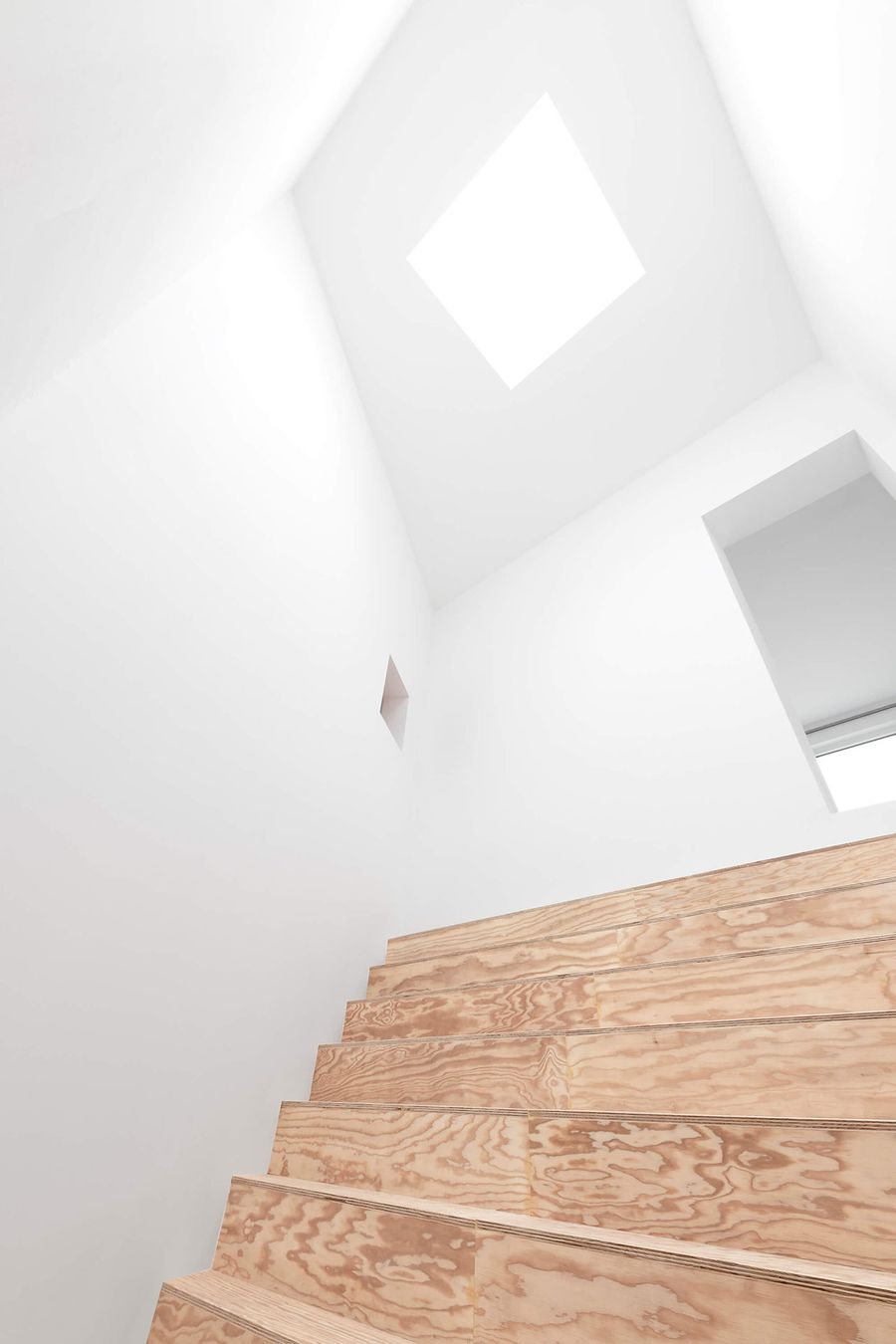
Photography by Nicolas Wefers.
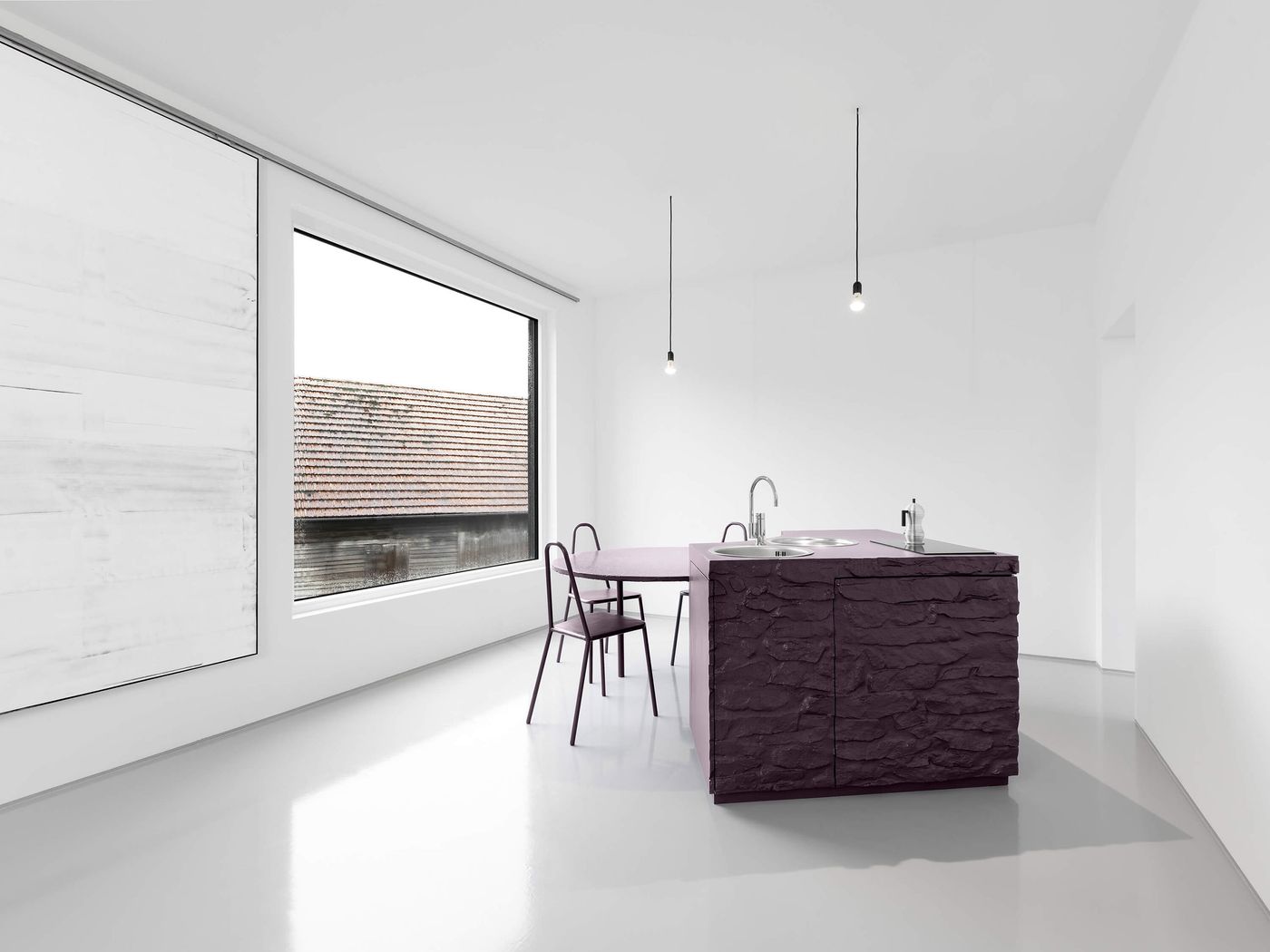
Photography by Nicolas Wefers.
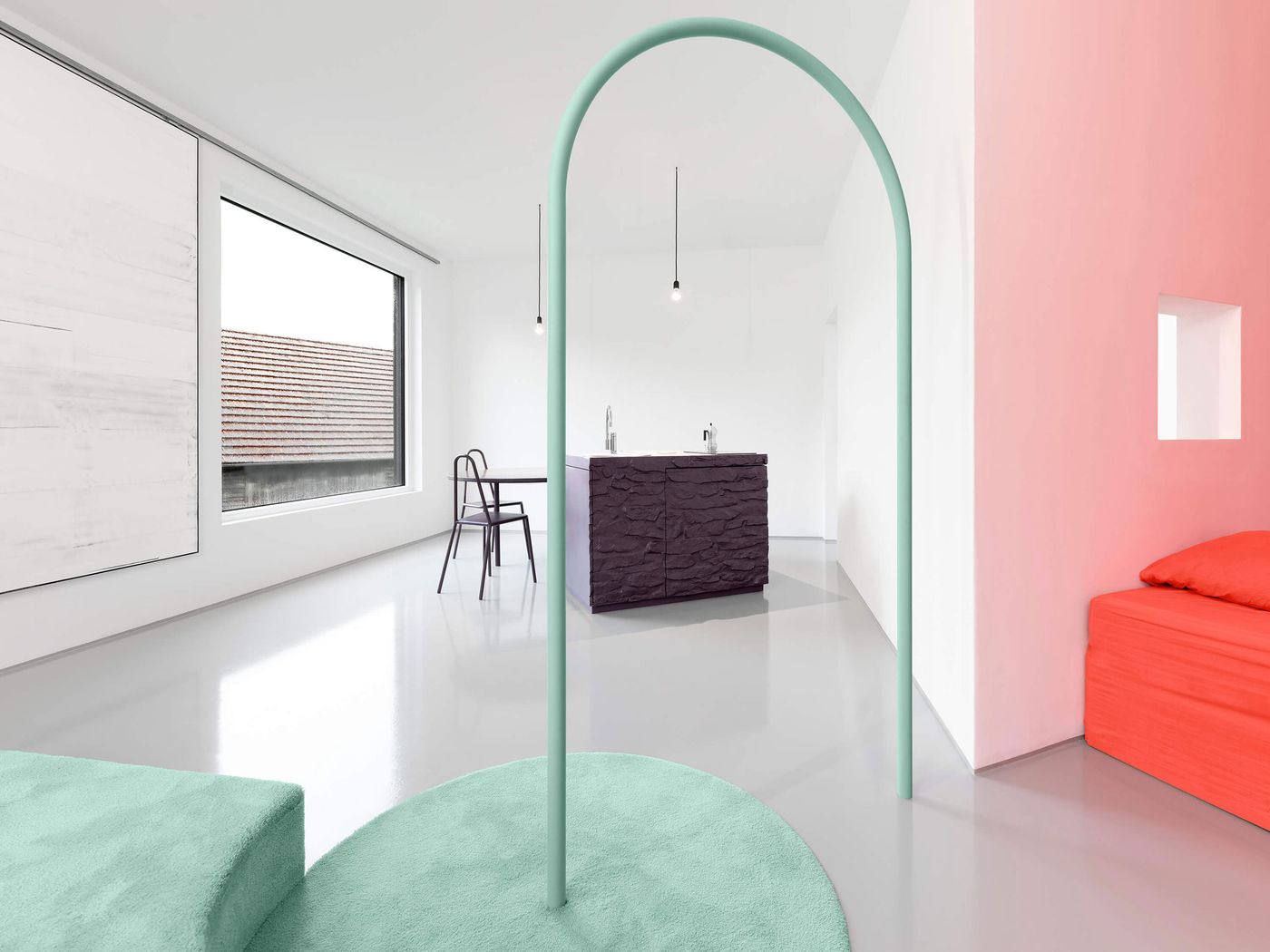
Photography by Nicolas Wefers.
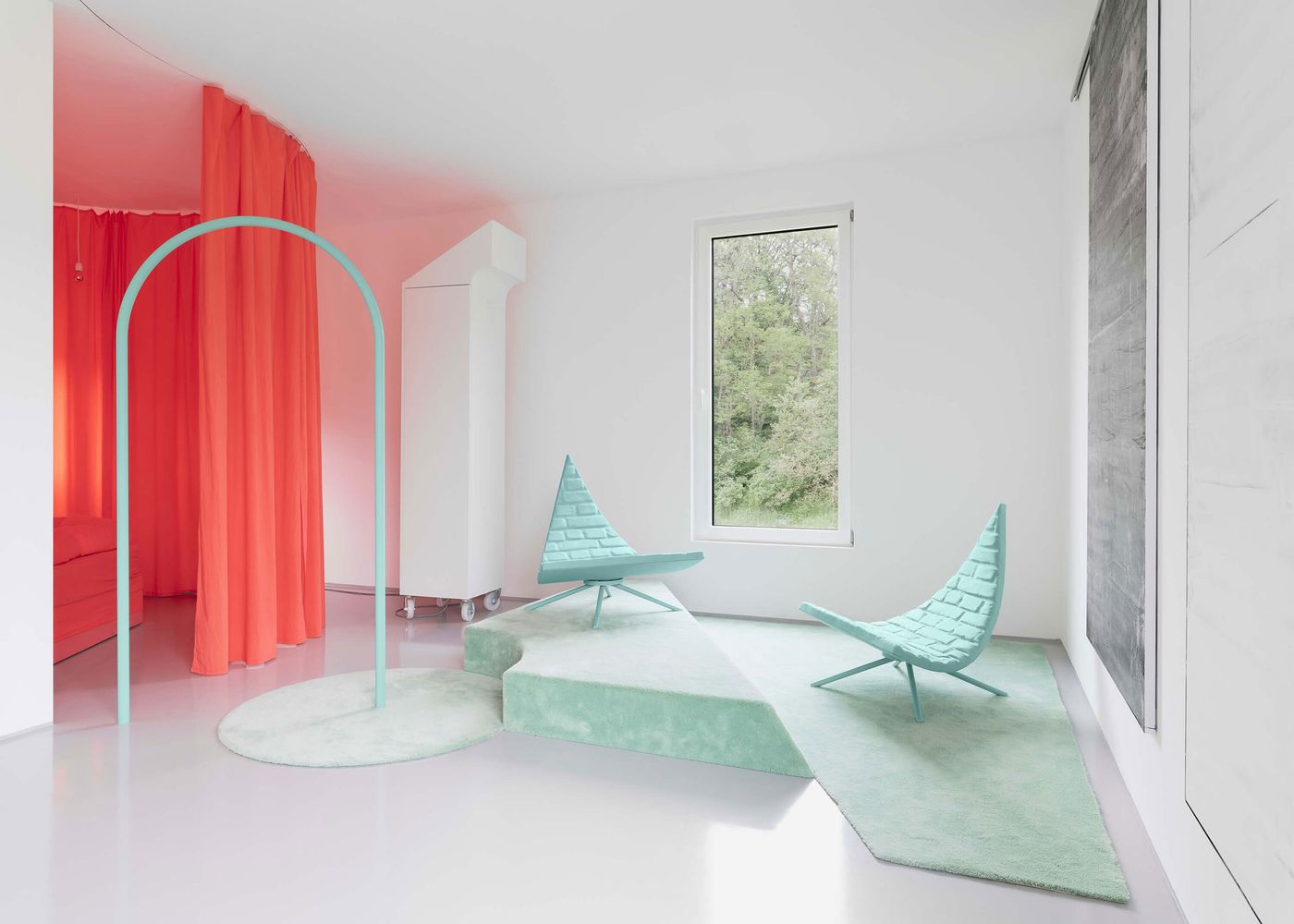
Photography by Nicolas Wefers.
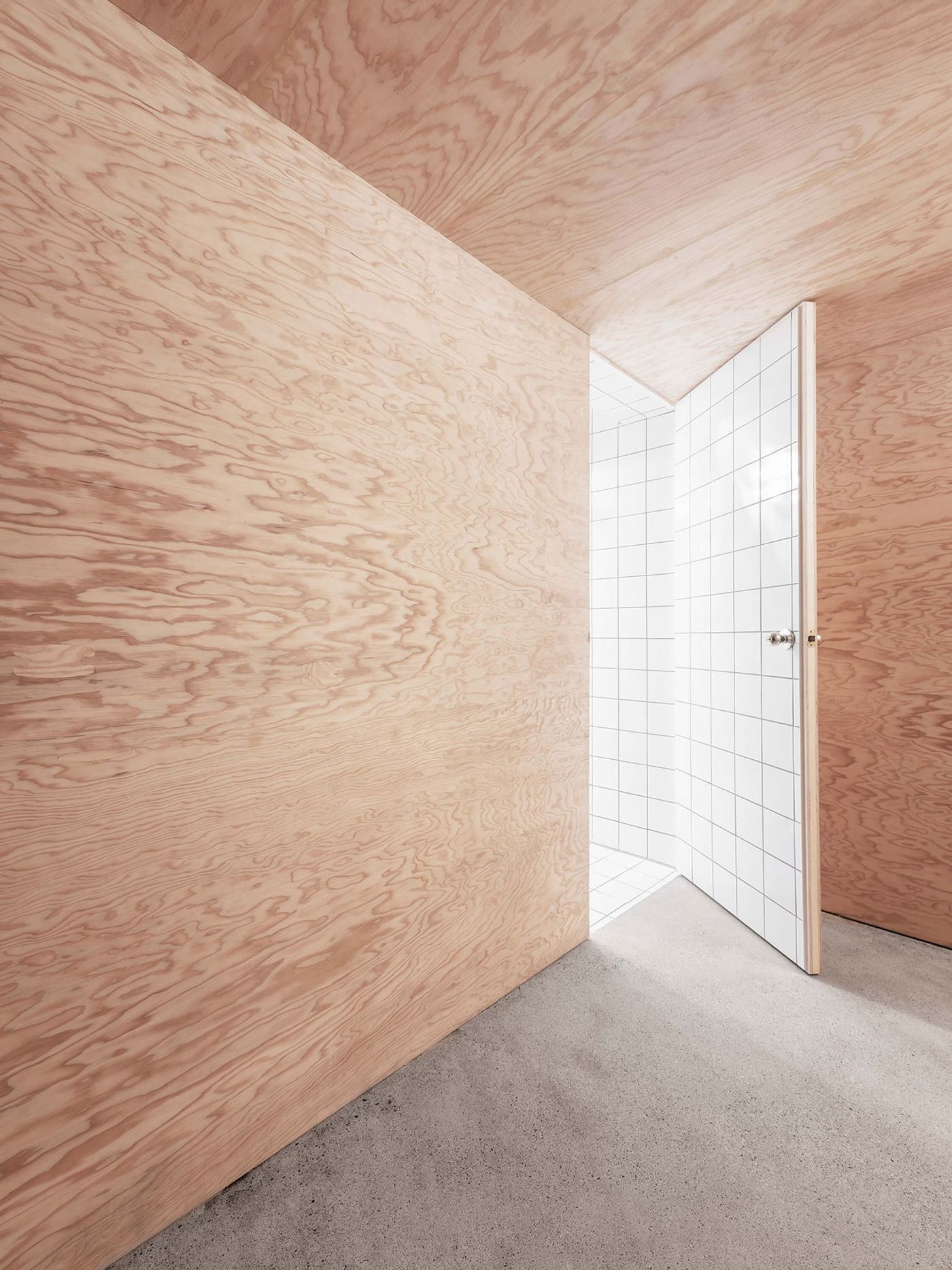
Photography by Nicolas Wefers.
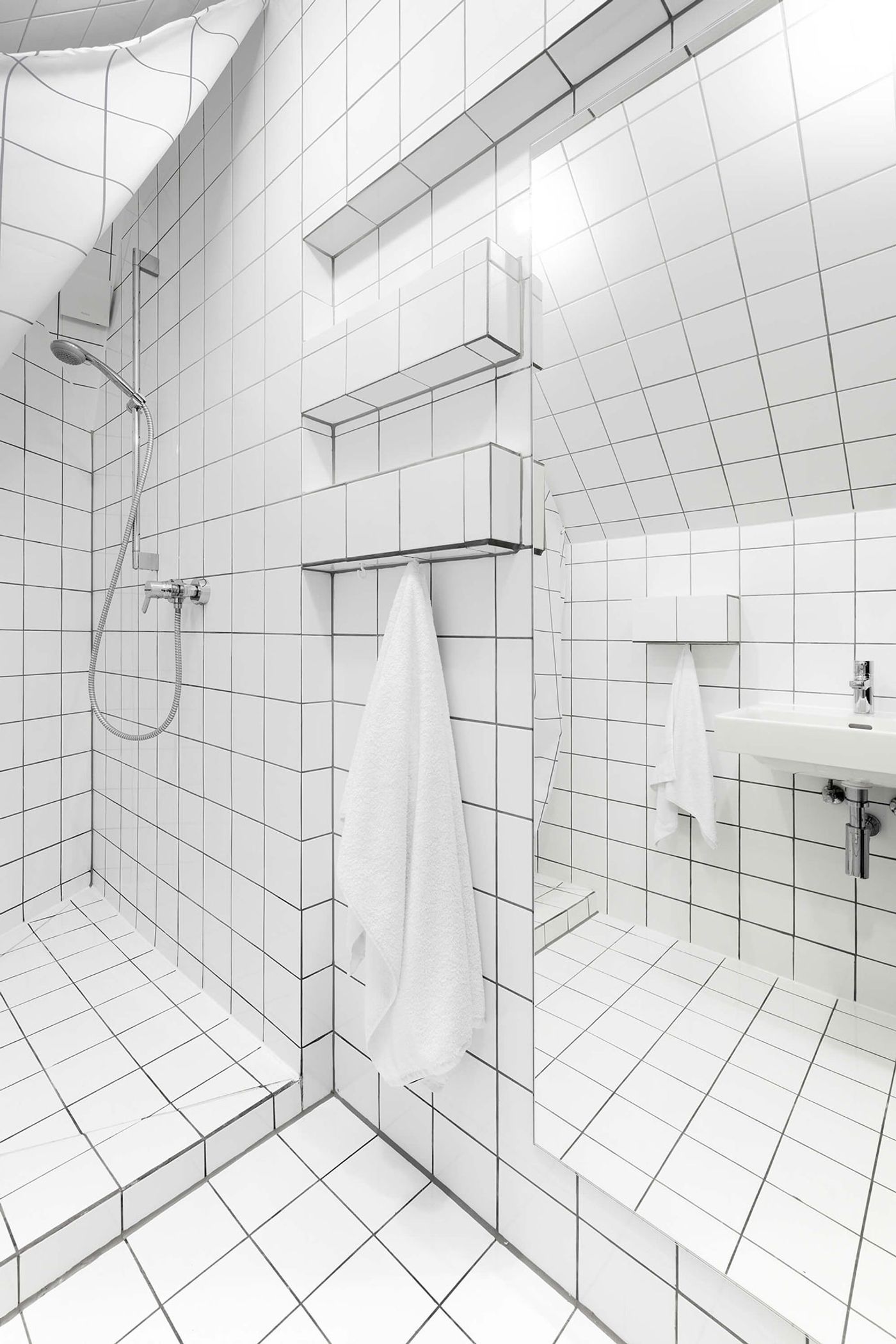
Photography by Nicolas Wefers.

Photography by Nicolas Wefers.
